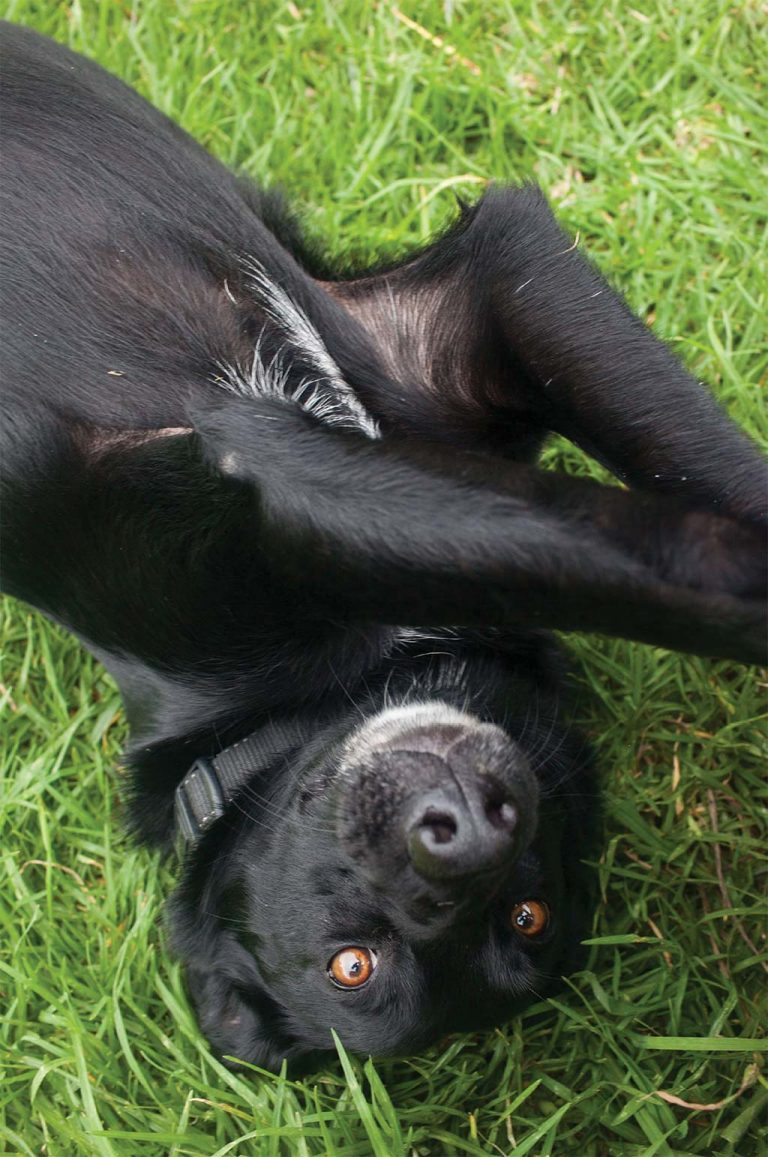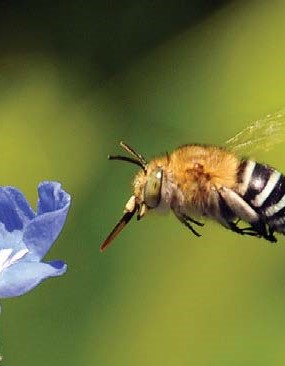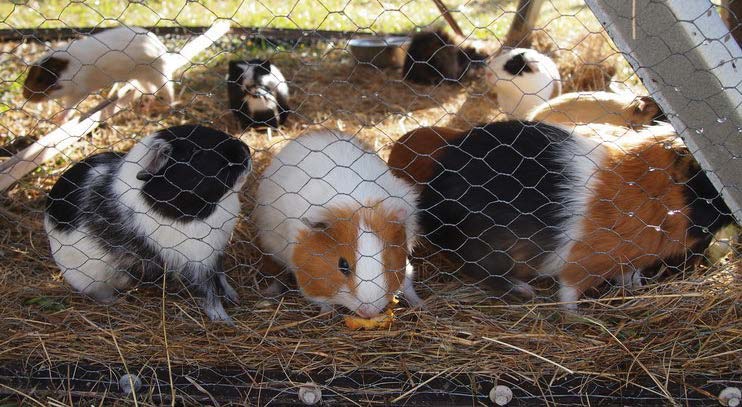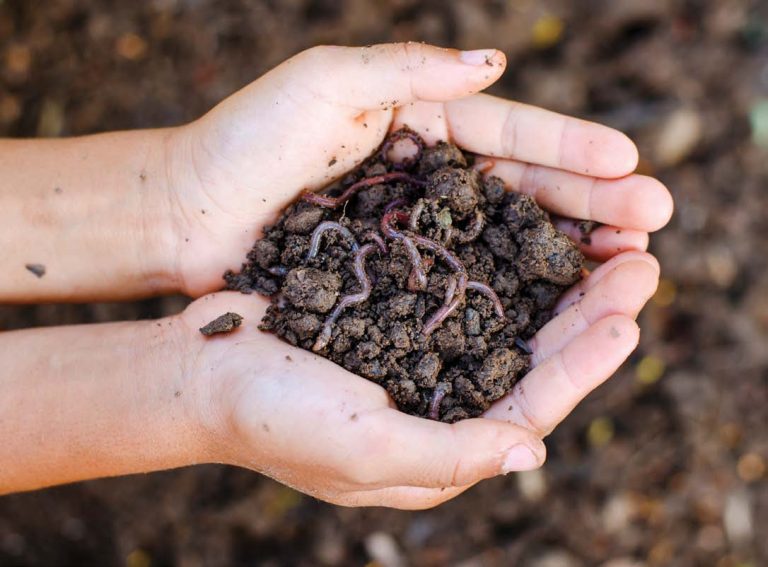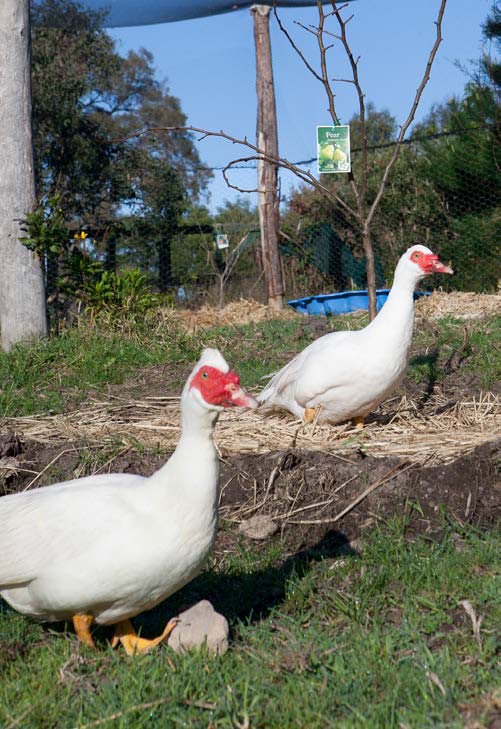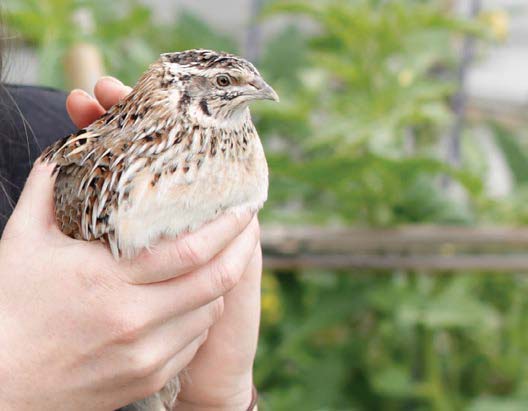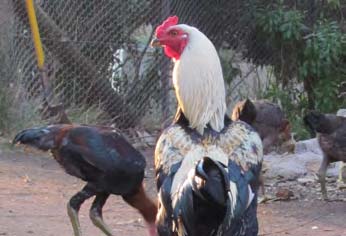Frogs
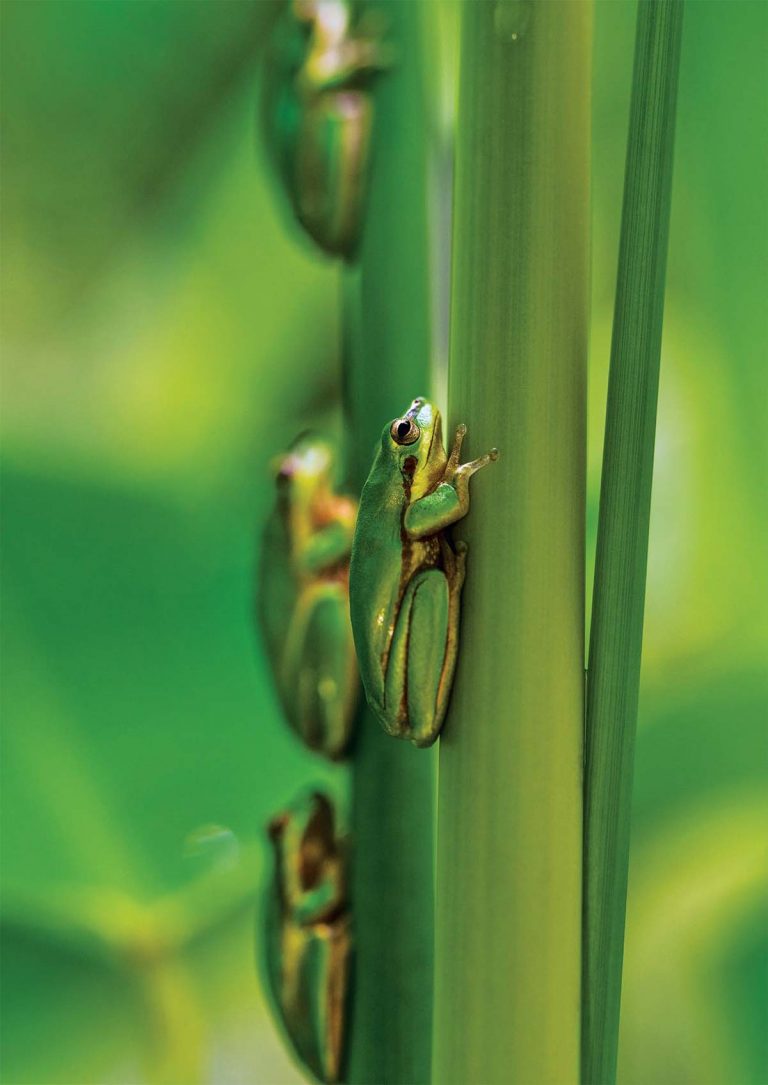
As both predators and prey, frogs are an important link in the food chain. Encouraging them to take up residency in your garden is beneficial and easy to do.
Of nearly 8000 species of frogs worldwide, Australia is home to more than 230. Hugely diverse, they can be found anywhere from the top of a tree in an inner-city backyard, to a metre underground in the desert as burrowing species look to escape the summer heat.
But all frogs play a really important role in maintaining a healthy ecosystem, both on a global scale and within your own patch. With numbers declining all over the world, it’s a good time to start thinking about building a safe and appropriate habitat to encourage Australia’s amphibians into your garden.

